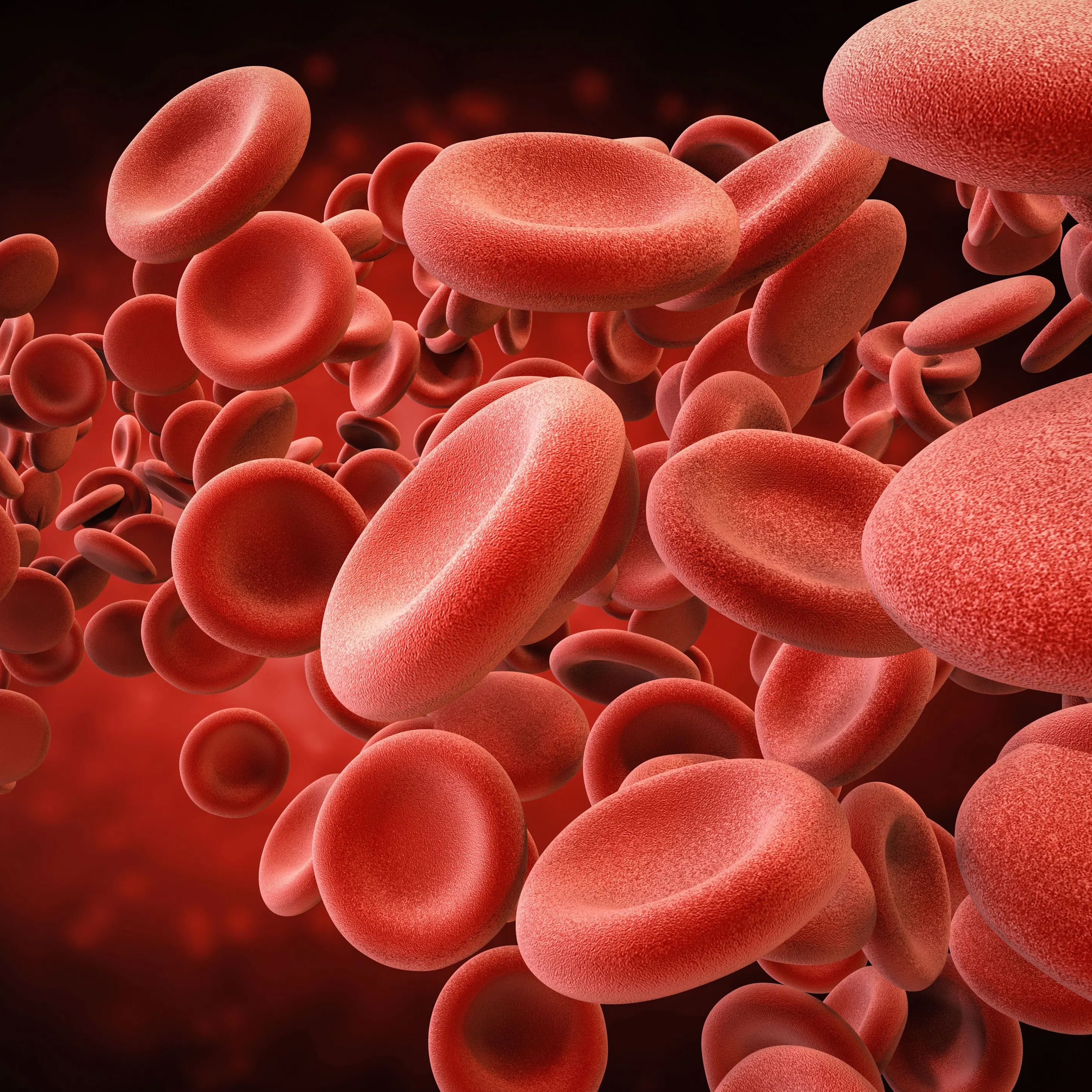Article
Cardiology Video Quiz
A 58-year-old woman with a longstanding history of hypertension presented with numbness on the right side of the body and drooping of the right side of the face. The episode lasted about 30 minutes, after which there was a significant improvement of symptoms... Read the rest of the case report inside and take the quiz!
Video Quiz Pt 2 Video Quiz Pt 3
Prepared by Umer Feroze Malik, MD; Ramesh Dharawat, MD; and Sheela Kapre, MD Case report
A 58-year-old woman with a longstanding history of hypertension presented with numbness on the right side of the body and drooping of the right side of the face. The episode lasted about 30 minutes, after which there was a significant improvement of symptoms. Her physical examination was otherwise unremarkable and revealed no residual neurological deficits. A cardiovascular examination, routine laboratory tests, and a computed tomography scan of her head were normal. A diagnosis of transient ischemic attack (TIA) was made until a 2-dimenstional echocardiogram revealed the cause of her symptoms (see video). What is your diagnosis?
Diagnosis: Left atrial myxoma.
Atrial myxomas are extremely rare tumors that are usually benign. Data from 22 large autopsy series have shown the prevalence to be approximately 0.01%.1 Symptoms vary based on the site of involvement, ranging from nonspecific and constitutional to sudden cardiac death. The most common symptom (75%) is dyspnea on exertion.1 Only 20% of patients present with dizziness.1 Because most patients have nonspecific symptoms, early diagnosis tends to be challenging. Furthermore, left atrial myxomas do not always produce characteristic findings on auscultation, such as an audible systolic and/or diastolic murmur. The diagnostic procedure of choice is two-dimensional echocardiography, which can reveal myxomas as solid masses within a given heart chamber.2 In the video presented, the 2-dimensional echocardiogram showed a left atrial mass prolapsing into the left ventricle, making a very evident diagnosis of atrial myxoma. As in our patient’s case, most atrial myxomas can be successfully removed via surgical resection.
Take-home point: Although the incidence of myxoma presenting as TIA is very low, myxoma should be considered in the differential diagnosis of any patient presenting with findings suggestive of TIA, especially if the etiology of the TIA is not clear.
References
1. Sharma GK. Atrial myxoma. http://www.emedicine.com/med/topic186.htm. Accessed October 10, 2008.
2. Ibanez B, Marcos-Alberca P, Rey M, et al. Multicavitated left atrial myxoma mimicking a hydatid cyst. Eur J Echocardiogr. 2005;6(3):231-233.
Related article
A matter of the heart




